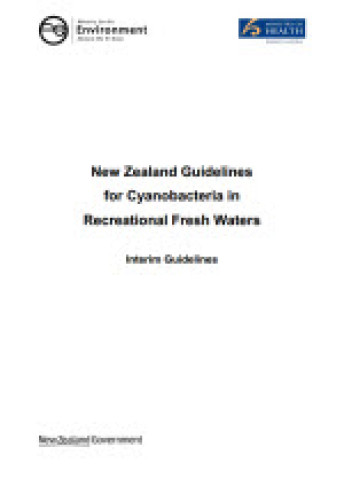These guidelines provide advice on how public health risk associated with cyanobacteria in recreational waters can be managed.
These guidelines provide advice on how public health risk associated with cyanobacteria in recreational waters can be managed.
They have been developed to:
- help councils and health agencies develop monitoring protocols appropriate for local conditions and circumstances
- encourage the adoption of a nationally unified approach to managing cyanobacterial risk in water used for recreational purposes.
The guidelines set out a monitoring framework for lakes (mainly planktonic cyanobacteria) and rivers (mainly benthic cyanobacteria).
These guidelines are a companion to the Microbiological Water Quality Guidelines for Marine and Freshwater Recreational Areas.
Status and use of the guidelines
These guidelines were released in 2009 as interim guidance but form the basis of the attribute table in the National Policy Statement for Freshwater Management 2014.
The guidelines are not mandatory. They provide a recommended approach that is considered best practice for many management circumstances, given current understanding of cyanobacterial risks in New Zealand fresh waters. Local decisions about whether to follow the guidelines’ approach should ultimately result from consideration of site-specific factors (such as resource availability and historical understanding of local algal bloom conditions), as well as the guidance offered in this document.
In 2018, the Ministry for the Environment commissioned a report that summarises literature and data published since 2009, and outlines recommended changes to the guidelines. Further research and updates are needed to finalise the guidelines. Until the changes are finalised it is recommended that users continue to use the existing 2009 guidelines.
